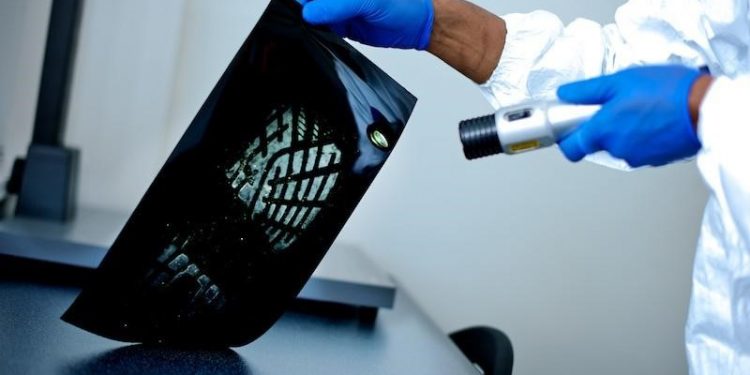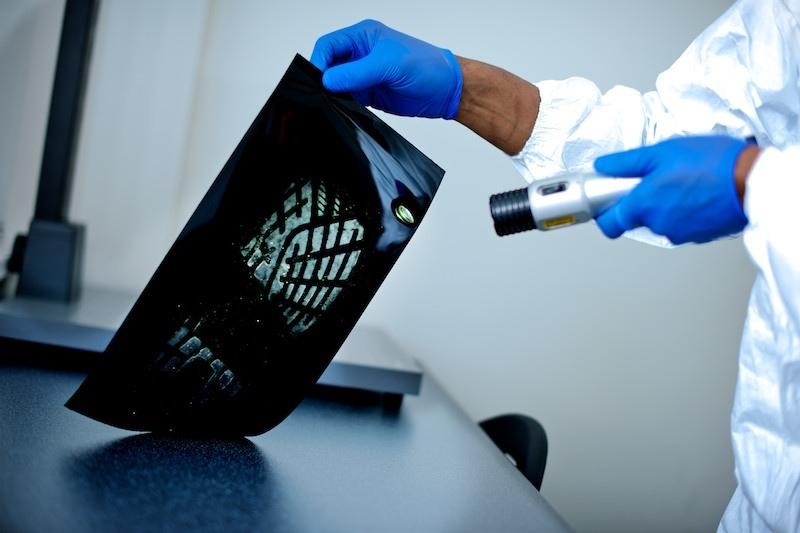
IT forensics is a fast-growing branch of digital forensic science. Essentially it is a way of analysing systems to see what actions have been taken, what functions have been executed, and by whom. The data and reports that are extracted can be used as legally admissible evidence in court.

Every digital device is a forensic evidence generator, producing mountains of data every time it is used. Forensic analysis can prove very important in tracking fraudulent transactions, inappropriate use, and even the origins of malware.
Several providers offer VoIP telephony systems that come with auditing software and reporting systems that allow you to trace who took what calls, listen to call recordings and see who took what actions. This can be very useful for resolving customer disputes. Off course if you are confused or are a first time user it might be best to contact an IT Support Cheltenham company to get the best advice possible at sites like reformit.co.uk.
Many providers, also offer wholesale AZ VoIP termination services.

There are a significant number of forensic tools available for beginners as well as experts. Each incident might have a different tool that best suits the investigation.
There are two very useful places you can find recommended forensic tools. The first is the US National Institute of Standards portal, and Technology (NIST), and the second is the Digital Forensics and Incident Response (DFIR) community database.
NIST catalogue of IT forensic tools
This catalogue was developed jointly by several US agencies. It has a user-friendly portal that you can use to search for different forensic tools – it can be filtered by functionality or technical parameters. There are analysis tools for Cloud Services, as well as for categories such as Data Analytics, Email Parsing, Memory Capture/Analysis, VoIP Forensics etc. This compendium also gives a good overview of digital forensic analysis tools, and also reveals where the gaps are.
DFIR Training catalogue of IT forensic tools
The DFIR community has established its own very comprehensive portal, which includes several resources for those needing to respond to forensic incidents. The search facility has a user-friendly graphical interface and enables users to write reviews of the tools it recommends. Additionally, it provides facilities for testing tools, in addition to basic guides and infographics.
In many cases, the tools needed to carry out the forensic analysis are already configured. Before using them, you should read the basic instructions and learn about best practices.
